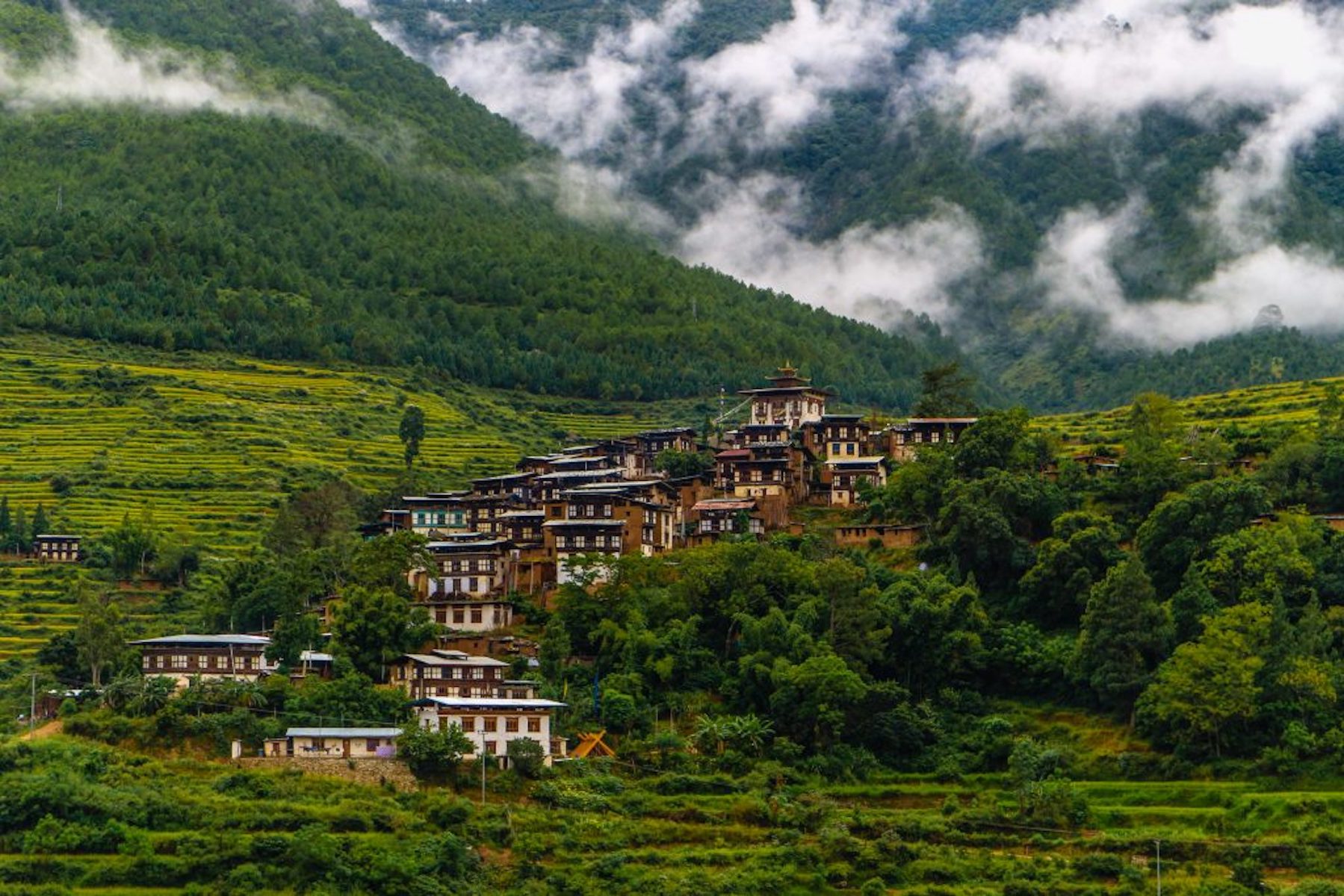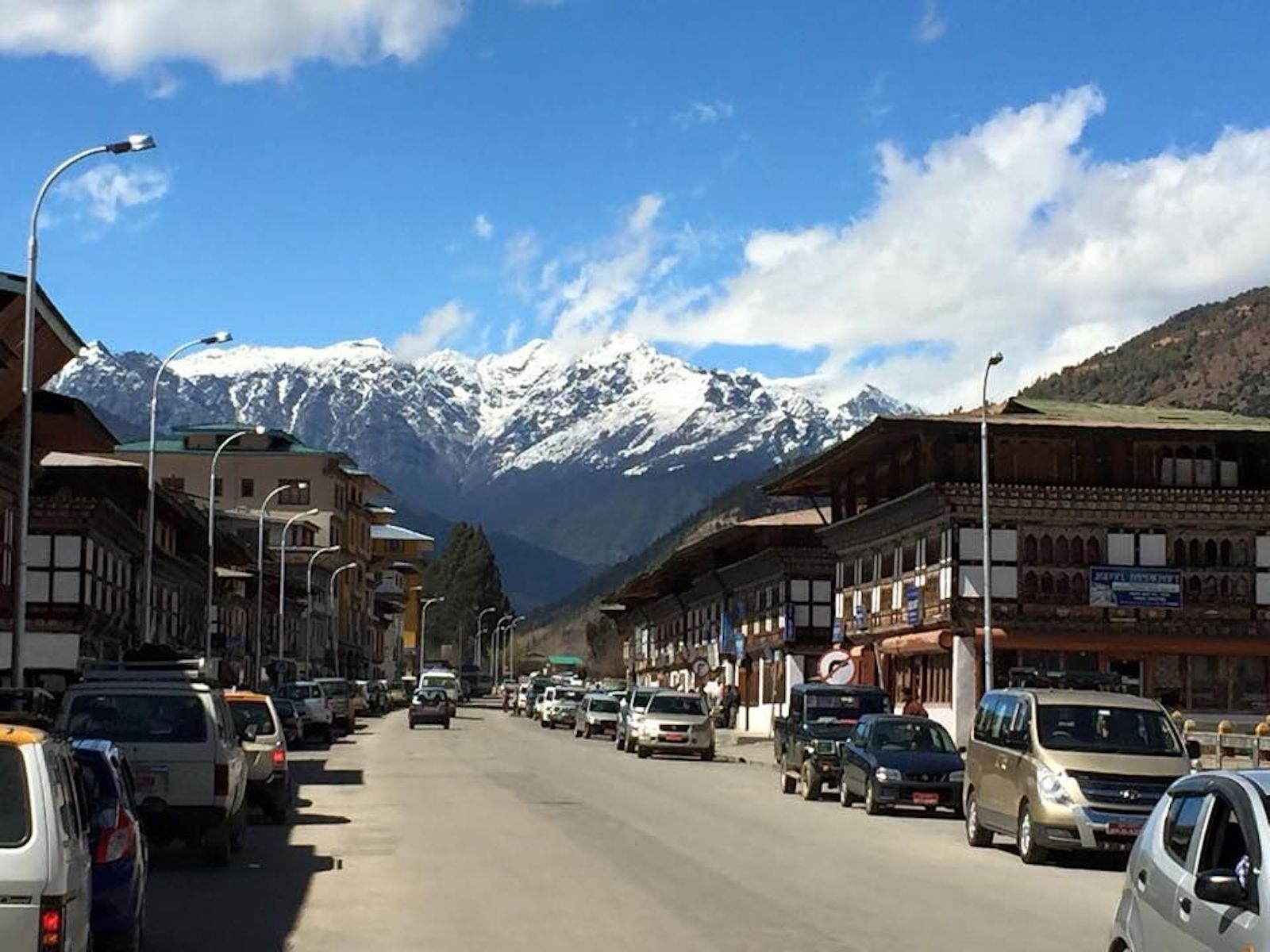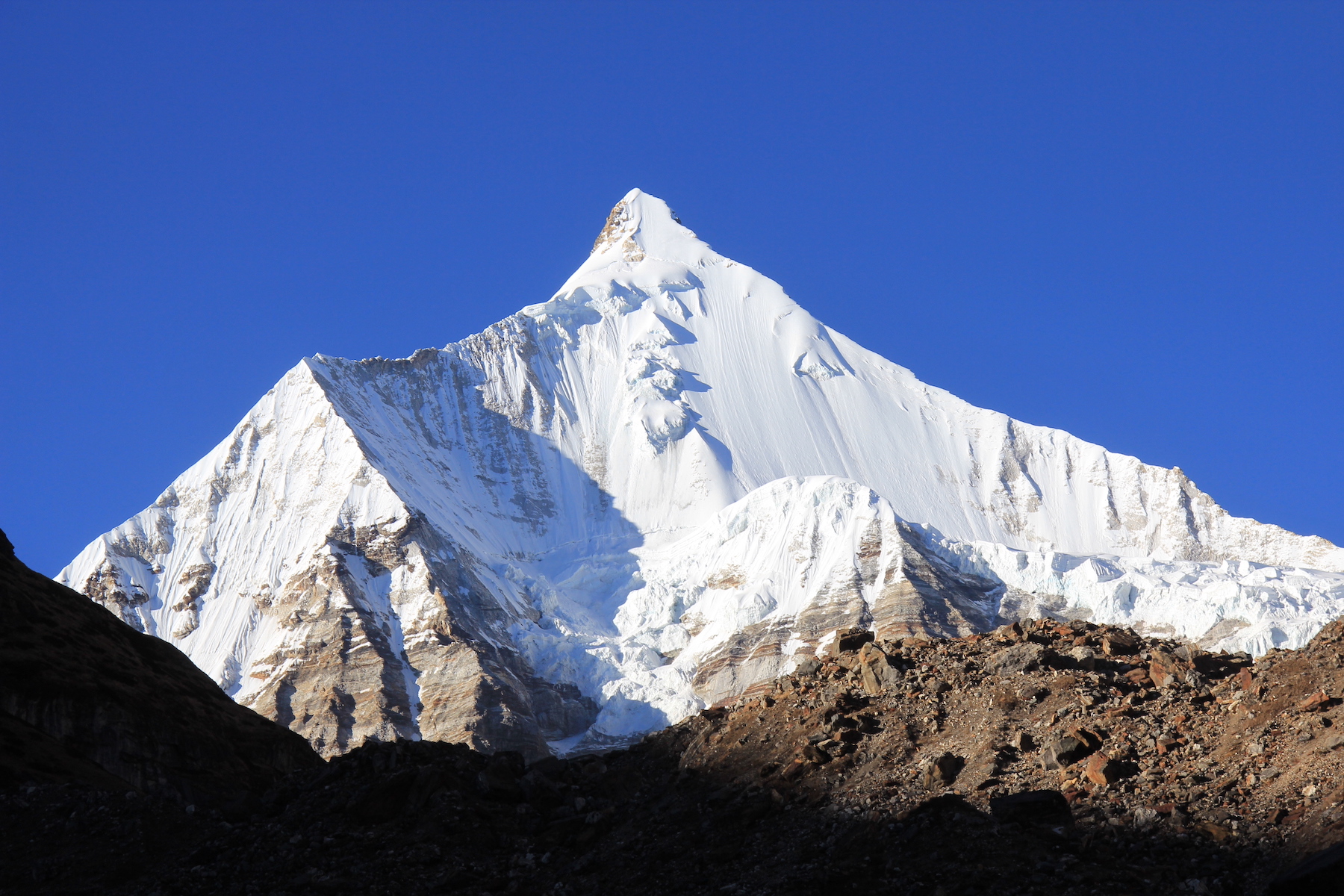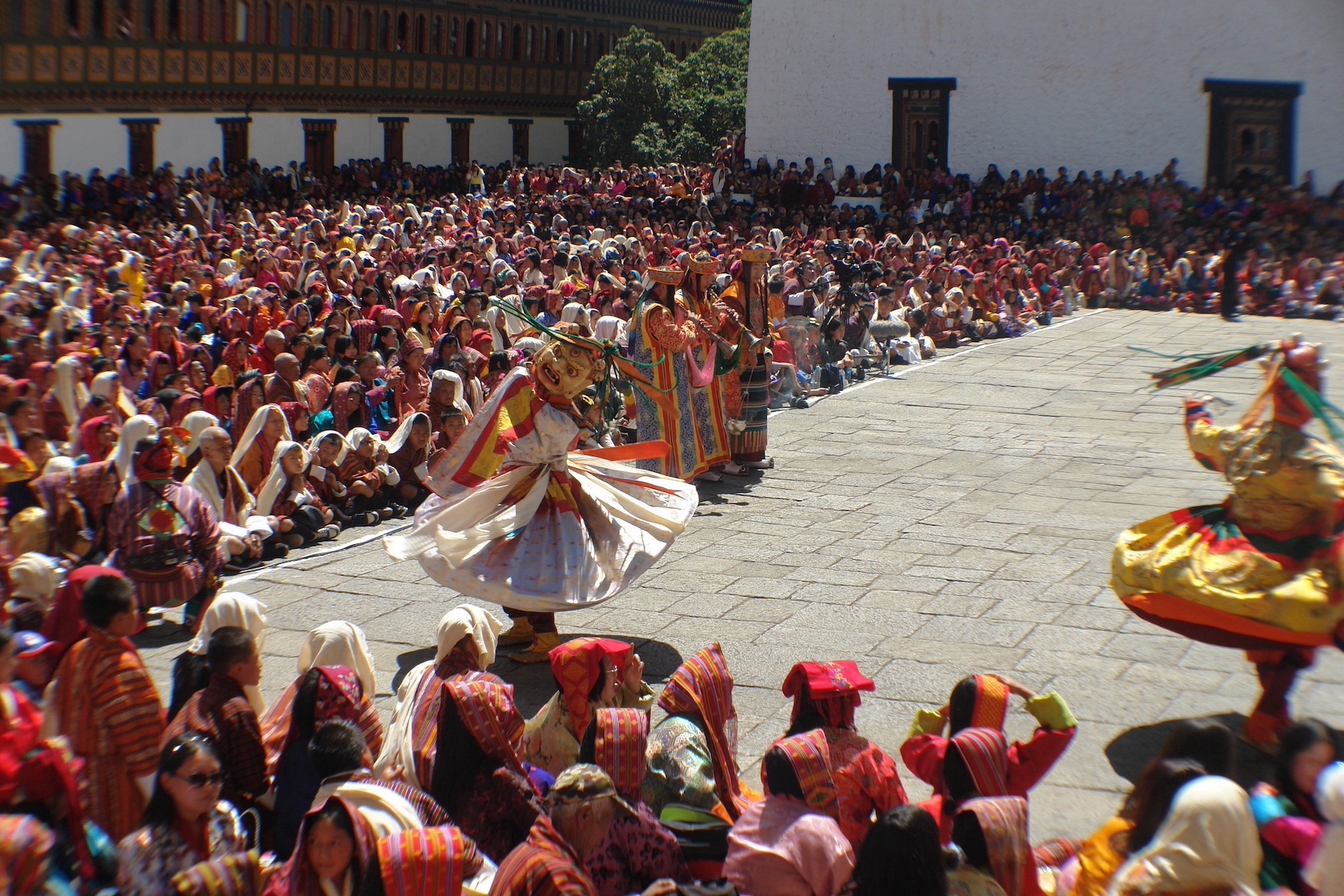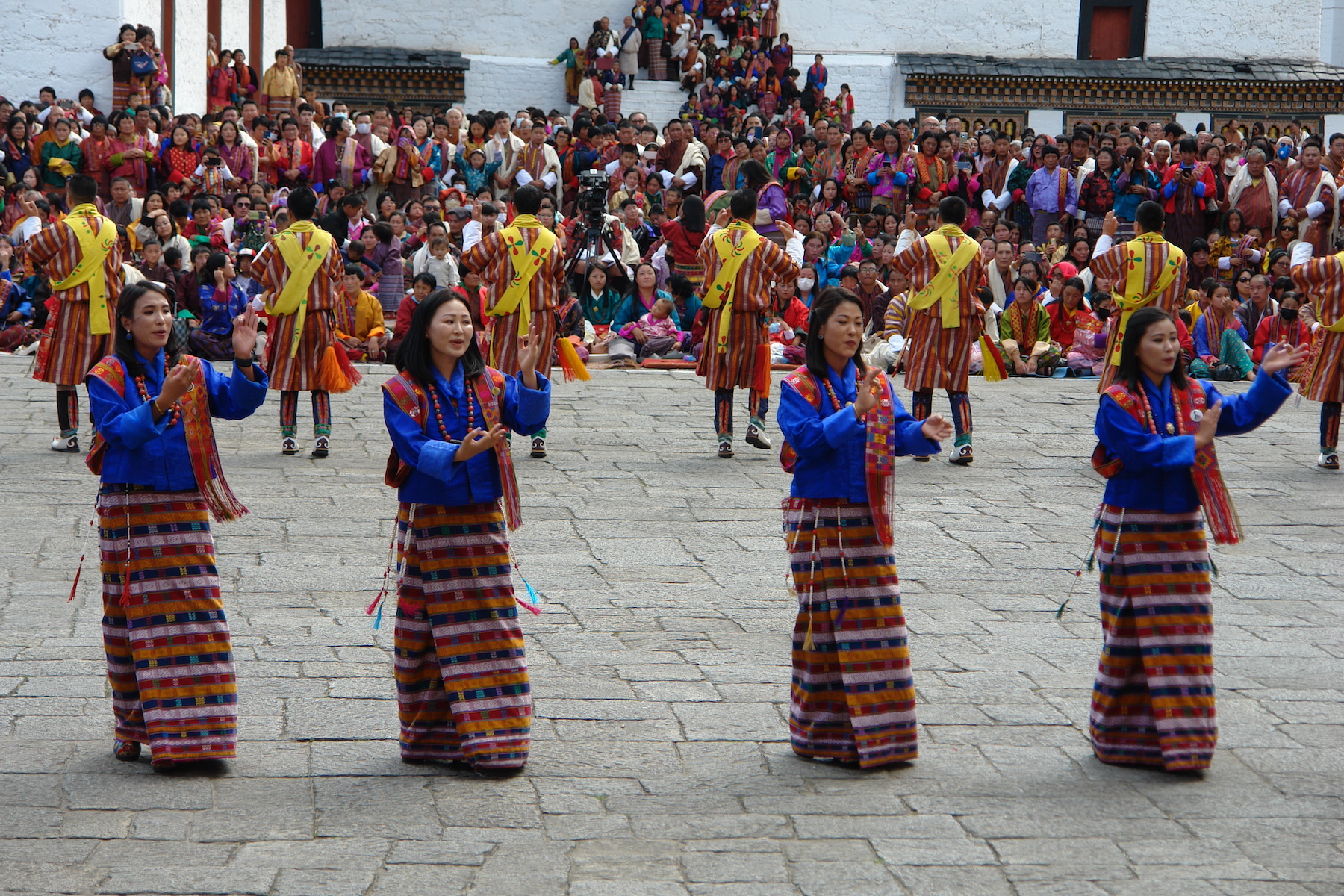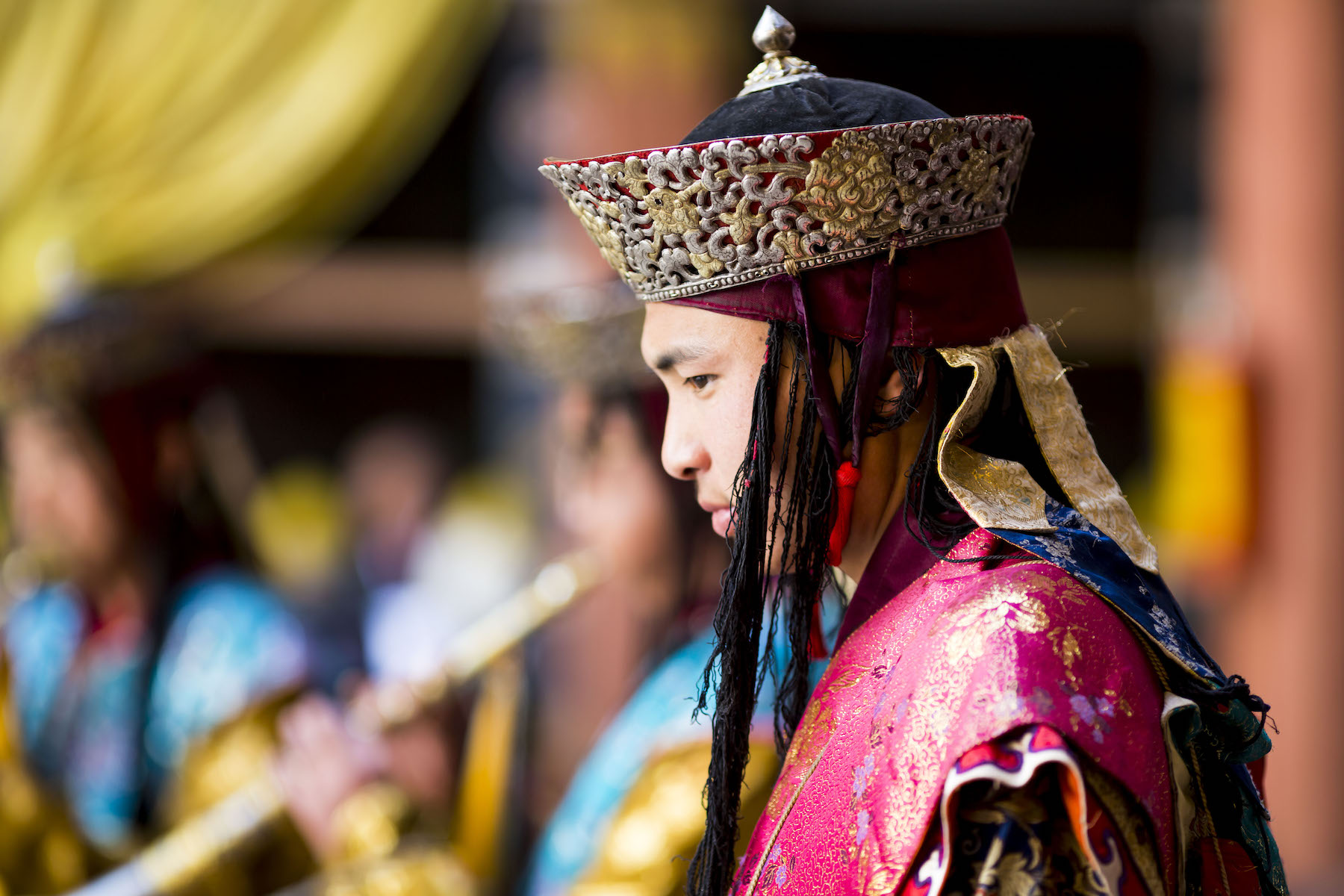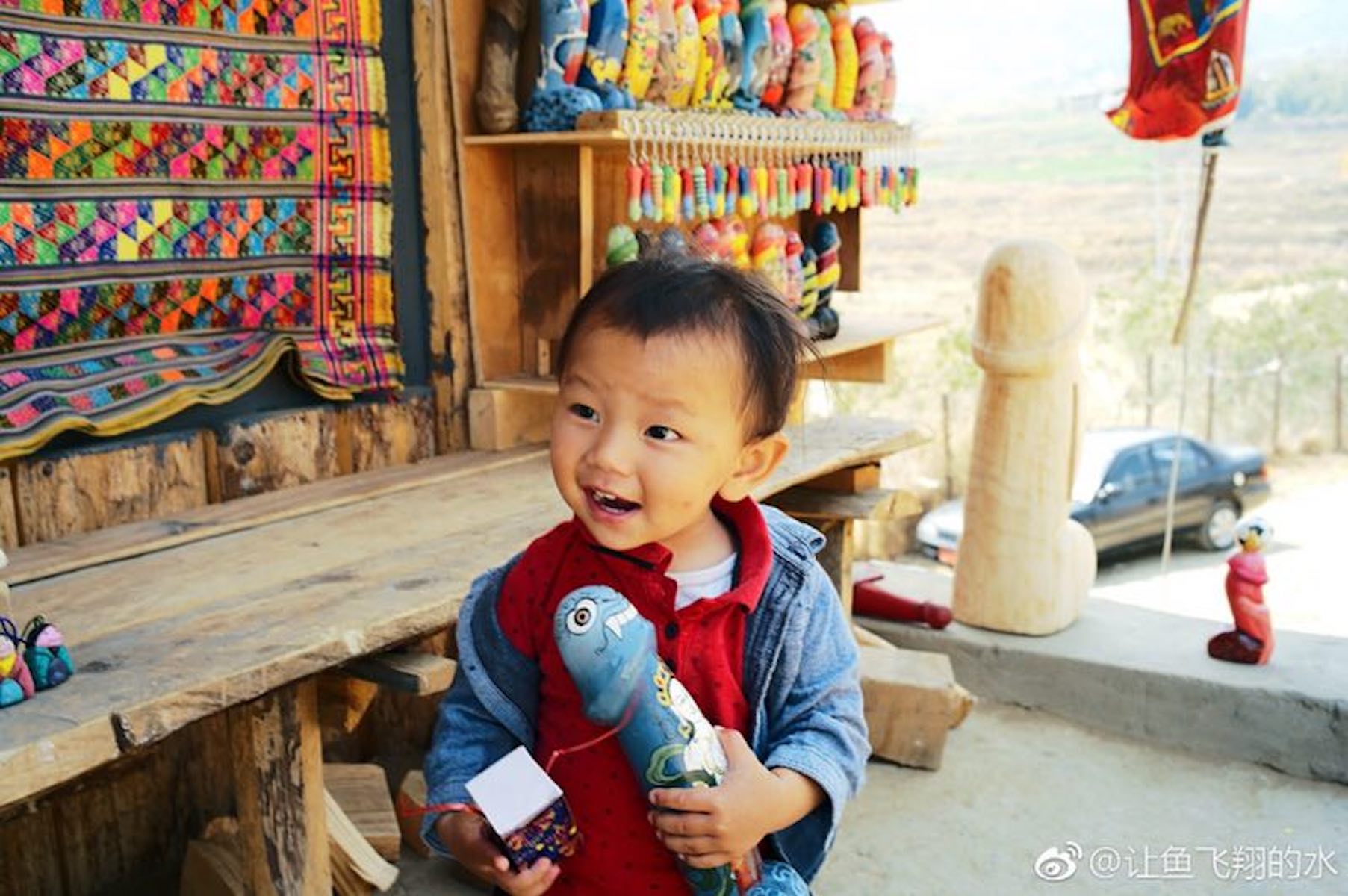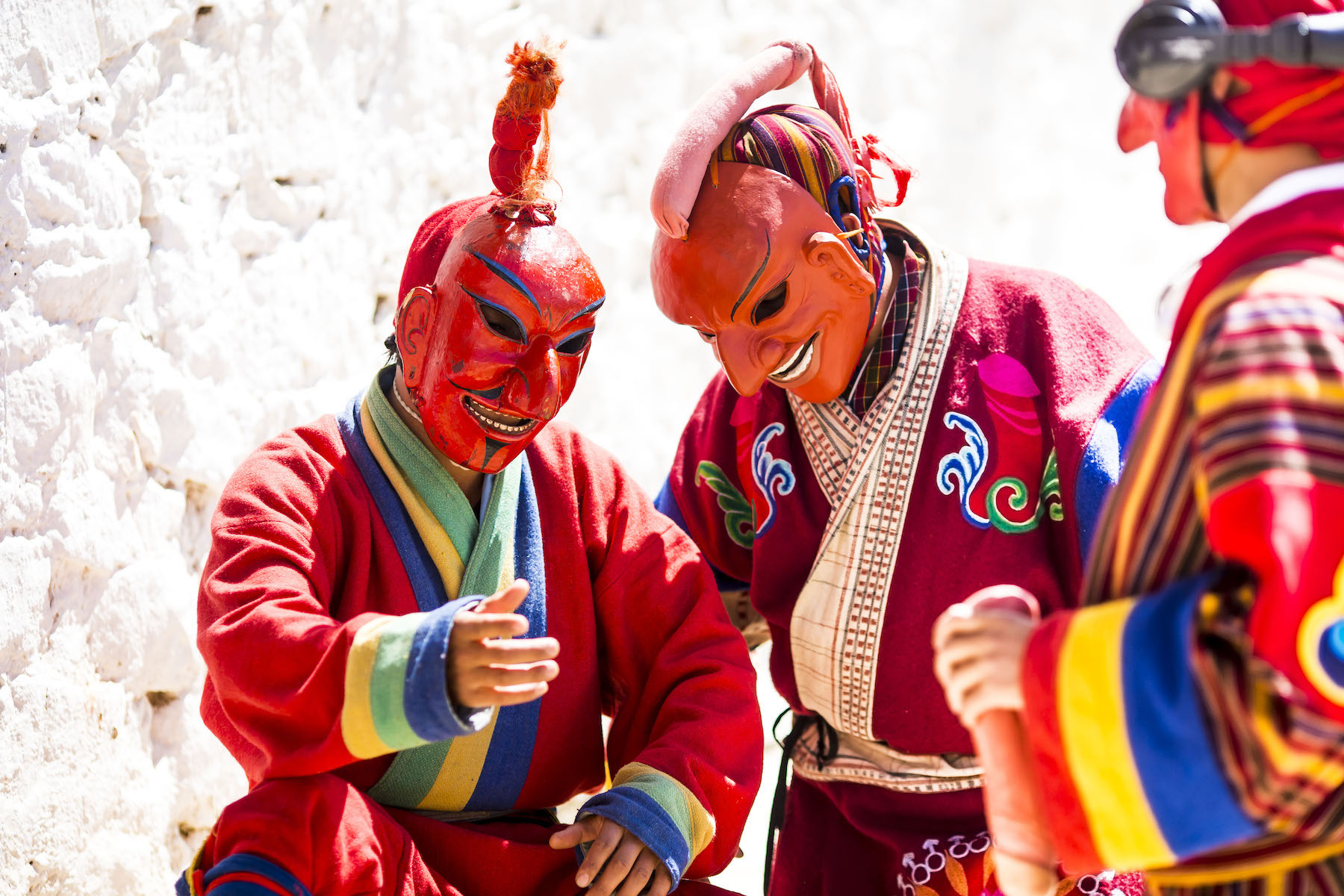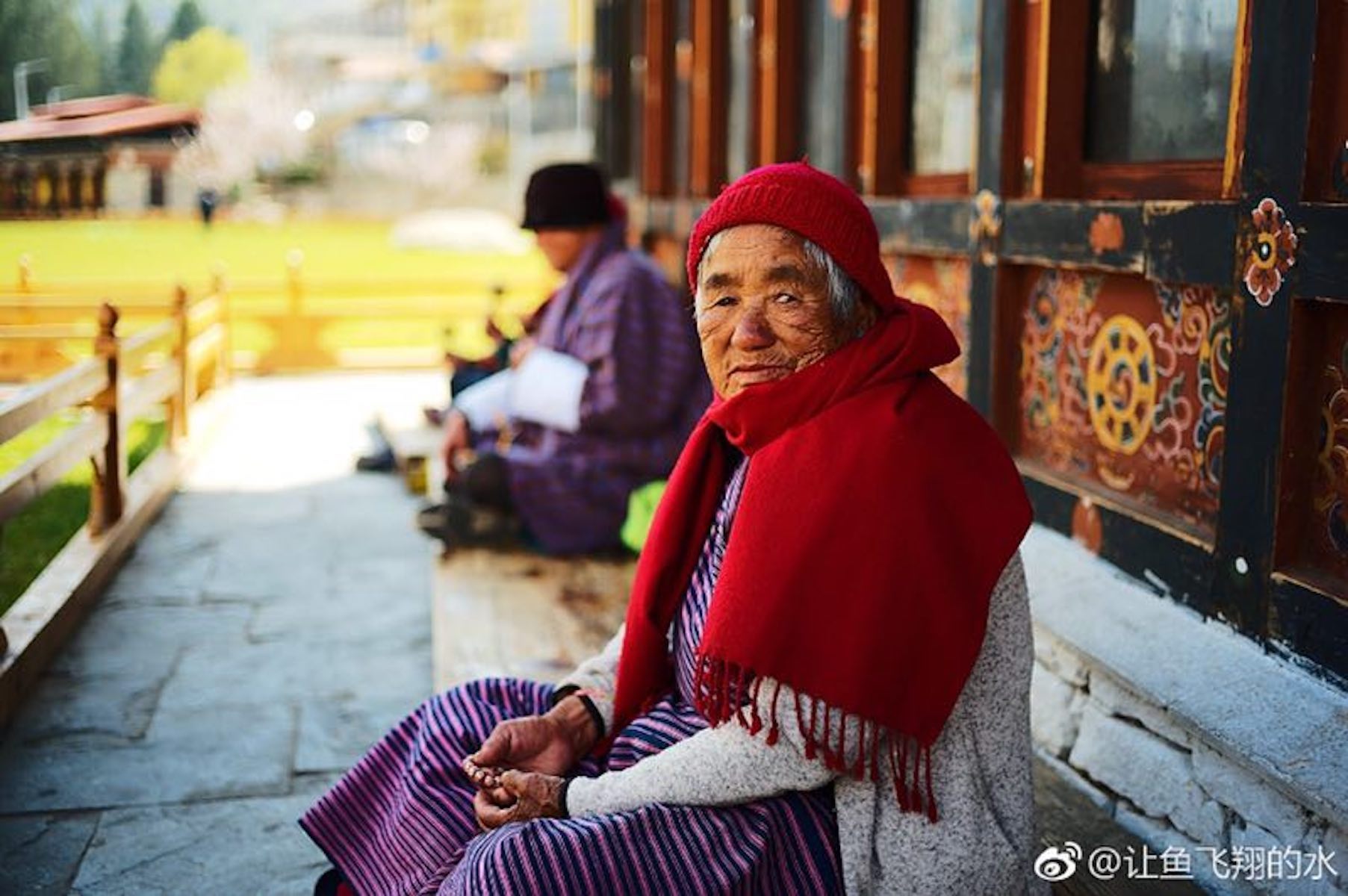- Guides
- B2B
-
Climbs
-
Climb Elbrus
- Elbrus individually
- Elbrus from the South, 9 days
- Elbrus from the South, 7 days
- Elbrus from the South in 1 day
- Elbrus from the North
- Elbrus Two Summits
- Elbrus Traverse South to North
- Elbrus Traverse North to South
- Elbrus "Cross" from South
- Elbrus "Cross" from North
- Kazbek+Elbrus
- Elbrus from the West
- Elbrus by helicopter
- Elbrus holidays, 9 days
- Elbrus holidays, 7 days
- Tinder Tour: Climbing Mount Elbrus
- Climb Elbrus from the South, 9 days with Sergey Baranov
- Under 5000 m
- 5000+ meters
- 6000+ meters
- 7000+ meters
- 8000+ meters
-
Climb Elbrus
-
Trekking
-
See 8000m
- K2 base camp
- Everest base camp
- Everest base camp via Gokyo
- Everest base camp in a week
- Annapurna circuit
- Trekking the Manaslu Circuit
- Trekking to Kanchenjunga Base Camp
- Trekking to Kanchenjunga Base Camp (Short)
- Trekking to Kanchenjunga Base Camp (India)
- Trekking to Makalu Base Camp
- Trekking to Annapurna BC
- South America
- Asia
- Africa
- Russia
- Europe
-
See 8000m
-
Adventures
-
Africa
- Tour to Morocco for New Year
- Morocco: Toubkal and the mysteries of the Sahara
- Tour to Eritrea: Dahlak Archipelago and Rashaida Nomads
- Tour to Rwanda: Mountain Gorillas and Mount Bisoke
- Ethiopia
- Tour to Uganda: Queen Elizabeth National Park and Mountain Gorillas
- Safari Tanzania
- Safari Uganda
- Tour to Zimbabwe and South Africa: Victoria Falls, Cape Town, and Cape of Good Hope
- Namibia
- Safari Kenya
- Tour to Botswana: Okavango Delta and Chobe National Park
- South America
- Asia
-
Africa
- Ski-touring
- VIP
- Useful
- About
Bhutan. The Tour of Dragon Trails (Druk-Path Trek)
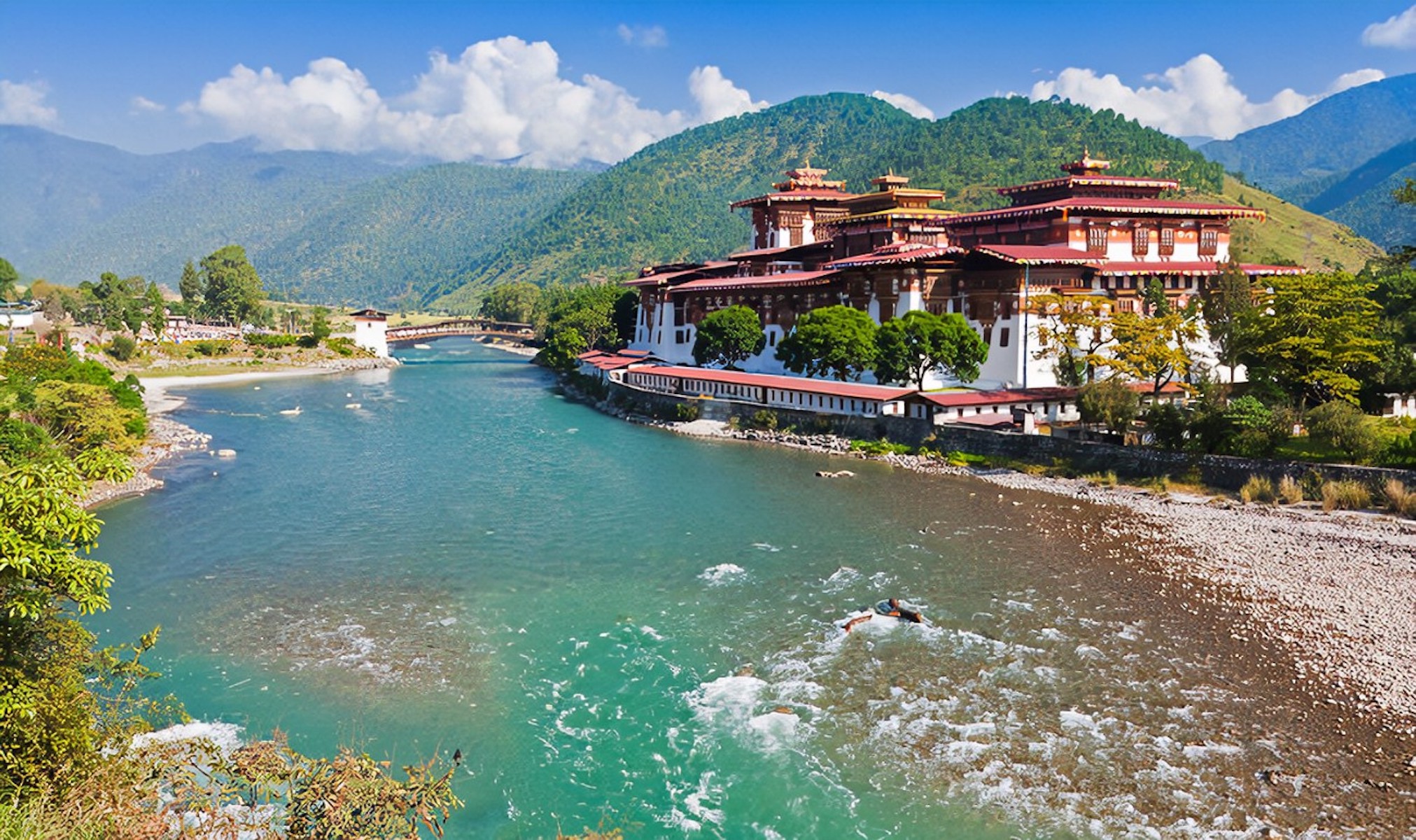
- Height (m)
- 4090
- Duration
- 8 days
- Difficulty
- Low
- Continent
- Asia
- Children
- From 8 years old
- Accomodation
- There are tents
5980 $
Why to go with us?
Temporarily unavailable
- Trekking in one of the most closed countries in the world, where the well-being of the country is measured by the happiness of the inhabitants
- Fantastic Tigress Nest Monastery, as if hovering near a cliff
- We will see the highest unconquered mountain of the planet Kankar-Punsu
- Ancient Buddhist temples and famous dzongs shrouded in legends
- The purest mountain lakes with splashing trout
- Takins in the natural environment in the Motithang Nature Reserve
- The world's highest mountain giant Buddha statue
- Moderate difficulty of the route along the most accessible slopes of the Himalayan range
About the tour
The journey to the Kingdom of Bhutan, the land of “Gross National Happiness” on earth, which has recently become accessible to tourists. The untouched beauty of the majestic Himalayan range, the highest unconquered mountain of the planet Gangkar Punsum, the Tiger’s Nest monastery soaring near the rock, ancient Buddhist temples and a unique atmosphere of tranquility and serenity – this is what attracts thousands of people from all over the world to this small but very picturesque country.
The Dragon Trail Trek is an excellent choice for those who value their time and want to spend every day of the trip as rich as possible, but at the same time travel at a comfortable pace. In four days of trekking, we will cross a chain of mountains, which in the middle ages was a trade route connecting the most important cities of Bhutan – Paro and Thimphu. We will take a walk along high windy ridges, paths winding in forests and green grass valleys, where there is a feeling that no man has ever set foot in these places before, we will pass by historical fortresses, taking a look at the heritage of Buddhist culture, we will be able to draw spiritual experience from oncoming nomadic shepherds and enlightened monks who are happy to make contact. The Dragon Trail Ttrek is a sparsely populated route, along the way along which we will find crystal clear lakes teeming with splashing trout, and dense rhododendron forests covering the vast majority of the territory, home to such rare species of animals as the golden langur, Tibetan blue sheep and Takin. The forests are especially colorful in spring, which coincides with the seasonality of the trek – from March to June. The autumn version of the trip – from September to November – involves the opportunity to enjoy the best views of the stunning panorama of the snow-capped peaks of the Himalayas.
Itinerary
Day 1. Arrive in Paro. We arrived in the city of Paro, where the only airport in the Kingdom of Bhutan is located. In clear weather, the mighty Everest greets us through the glass of the porthole, and the plane begins to descend, effectively flying between 4000-meter mountain ranges. At the airport, you will be met by a representative of our company and will take you to the hotel on a comfortable transfer through the colorful Paro Valley, similar to small Switzerland, where thick grass turns yellow from the bright sun and herds of yaks graze. The Paro valley is home to many of Bhutan’s oldest monasteries and temples, and in its northern part you can see the sacred Bhutanese Mount Jhomolhari (7300 m), the melted glacial water of which forms the Pachu River, which flows through the entire length of the valley. After checking into the hotel instructing the group and we go to Ta-Dzong, an ancient watchtower above the city of Paro, which has six floors running in a spiral and stone walls two and a half meters thick. Ta-Dzong was founded in the 16th century to protect against the invasion of Tibetan troops from the north, and now it is the National Museum, which presents samples of ancient weapons, dishes, national costumes, many Buddhist relics and two altars of value to pilgrims. After visiting the National Museum, we go down the mountain slope and find ourselves in the second pearl of the Paro Valley – Rinpung Dzong, which translates as “fortress of a pile of jewels”. Rinpung Dazong is a large monastery built in the 16th century by Zhabdrung – the founder of the state of Bhutan, an active political and spiritual leader, deeply revered to this day. Inside the monastery there are 14 temples and altars, as well as administrative buildings. A bridge leads to the fortress, which is beautifully illuminated in the dark, the courtyard is occupied by a wooden gallery, and the walls of the monastery are decorated with skillful paintings illustrating the wisdom of Buddhism. We return to the city and settle down at the hotel, anticipating the upcoming adventures. Dinner and instructing the group. Overnight Hotel in Paro.
Day 2. Excursion to Taksang. In the morning with early breakfast, we set off on an acclimatization hike along a trail winding along pine trees covered with fluffy moss and colorful prayer flags that give the path a special charm. The road leads us to the famous Taktsang Lhakhang, also known as the Tiger’s Nest, a national shrine and the most revered temple in Bhutan. It owes its intriguing name to the legend according to which Guru Padmasambhava flew here on the back of a tigress and meditated for 3 years, 3 months, 3 days and 3 hours to defeat the demons living in the cave. The location of the monastery is striking in its singularity and isolation, the temple floats above an altitude of 900 meters, then hiding in dense clouds of fog, opening up the green landscape of the Paro Valley. By noon, we return to Paro and approach the legacy of the oldest legend of Bhutan – the monastery of Kichu Lhakhang, which was founded in the 7th century by the Tibetan king Songtsen Gampo in order, as the legend says, to defeat the giant demon that covered the entire territory of Tibet and the Himalayas and hindered the spread of Buddhism. 108 monasteries, built by order of the king, had to nail various parts of the demon’s body to the ground. Kichu Lhakhang, in turn, “held” her soul. After a day full of impressions, we return to Paro and gain strength for tomorrow’s hike in the cozy atmosphere of the hotel. Overnight Hotel in Paro.
Day 3. Trek to Jele Dazong (5hr). After an early breakfast, we drive to the starting point of the hike, which is located above the already familiar Ta-Dzong, the height at the start is 2487 m. We pass through dense pine forests, cozy farms, extensive apple orchards and after an hour and a half we enter a dense protected forest, where the road takes on a steeper slope. We reach the monastery of Jele Dzong and make a halt with a view of the mountain peaks of the Himalayas to refresh ourselves and get used to the altitude (3490 meters). The monastery of the beginning of the 16th century has recently been renovated, and we can meet hospitable monks, if desired, asking for their blessing. After a short rest, we continue our journey, the trail leads down for a while, but then again takes an upward direction and after passing through thickets of huge rhododendrons, we reach the emerald meadows of the Jangchulakha pass (3780 meters), where the yak shepherds camp is located in the winter season. We set up camp near the slope and settle down for the night, surrounded by a fascinating panorama of the Himalayan range. Overnight in the camp.
Day 4. Trek to Jimilang Tso (8hr). We wake up in the mountains from the best alarm clock in the world – the sounds of slowly awakening nature. After a hearty breakfast, we begin our journey along the path surrounded by juniper and dwarf rhododendrons, which runs up the ridge, and below us are the grass canvases of the Paro and Thimphu valleys, separated by a mountain range. Looking around the expanses of the pristine beauty of Bhutan, we descend from the ridge to Jimilang Tso, clear as a tear, (3870 meters), which translates as “sand bull lake” – according to legend, a huge bull came out of the depths of the reservoir and joined the herds of cows grazing in its vicinity. From the shores of Jimilang Tso, you can see the peak of the mount Jichu Drake, representing the protective deity Paro, and an incredible array of giant trout splash in the clear water, which can be caught with permission. In this secluded monastery we set up camp, if you wish, you can go fishing or meditate, looking at the mirror surface of the sacred lake. Overnight in the camp.
Day 5. Trek to Phajoding (8hr). We have the last longest trek of the entire tour, so we get up early, have breakfast and immediately hit the road. Ahead of us are waiting for two more beautiful mountain lakes -Janye at an altitude of 3956 meters, which is a favorite place for nomadic shepherds and camping tourists, and Simkota, located south of Jimilang Tso at an altitude of 4000 meters, surrounded by the ruins of ancient buildings a real “place of power” for every traveler passing through this trail. Here, every step offers unforgettable views of the mountains and valleys, the air is crystal clear and imbued with the spirit of freedom, and only nature reigns. After passing the second lake, we gradually climb to the peak point of the ridge and from the height of the flight of the Himalayan falcons we enjoy the spectacle of the monumental mountain Gangkar Punsum (7570 meters), the highest unconquered peak on the planet. After a short halt, we begin a gradual descent through the juniper forest to the monastery of Phajoding, proudly sitting on the mountainside, built in the 18th century at an altitude of 3650 meters and still operating. Phajoding was once one of Bhutan’s richest monasteries, but today it is endangered, although 40 monks still live here and preserve the spiritual traditions and study of orphans. From the observation deck at the monastery, its surroundings are visible at a glance, and in the evening the city of Thimphu is perfectly visible, sparkling in the darkness of the bowl-shaped valley. Overnight in the camp.
Day 6. Trek to Thimphu (3hr). Today is the easiest day of our trekking, because we have to go down the hill through an amazing blue pine forest. We reach the Motithang Nature Reserve, where national animal takins are kept in a carefully protected natural environment, and then we drive to Thimphu, the capital of Bhutan, a unique city without traffic lights, where literally every house is a work of art of architecture and painting, and serenity reigns. We check into the hotel and after refreshments and lunch we begin an introductory walk around the city. We visit the School of Arts and Crafts and the Textile Museum, where you can try on national costumes, get acquainted with manual paper production at the manufactory, visit the farmer’s market, where you can buy amusing Bhutanese souvenirs and local products. Overnight at Thimphu Hotel.
Day 7. Drive to Paro (1hr). We dedicate the whole day to sightseeing in Thimphu at a comfortable pace. Drive to Kuensel Phodrang to see the giant Buddha Dordenma (51m), the tallest Buddha statue in the world. Inside it is a temple where 1000 small bronze Buddhas are installed covered with gold. In the northern part of the capital, on the banks of the Wangchu River, there is a magnificent Tashichhodzong, which is the government house and central monastic body. Be sure to visit the Memorial Chorten (Stupa), built in memory of the late third king of Bhutan, Jigmi Dorji Wangchuk. Chorten is considered the most sacred religious site in Bhutan where numerous pilgrims come to pray and pay tribute to the departed king, who is said to have had magical powers. Here we perform the traditional “Kora” (circumambulation around the stupa) and recite mantras. We also pay due attention to the monastery of Changangkha Lakhang, a compact temple complex of the 18th century, which is popular with parents who come here for a blessing for their children from Genyen Domtsap, the deity of the temple and the patron saint of children. There is a legend that in the temple spontaneously, miraculously, a huge bronze statue of Avalokiteshvara appeared in a sitting position with eleven heads and many hands. At the end, we will visit the new temple of the Drupthop Thangtong Gyelpo monastery and arrange shopping at the local market in a free format. Closer to sunset, we will drive to Paro, where we will spend our last night in Bhutan and share impressions of the trip and exchange spectacular shots of the impressive landscapes of Bhutan. Overnight Hotel in Paro.
Day 8. Departure. On a comfortable transfer with an experienced driver, we will drive to Paro International Airport, accompanied by a representative of our company.
Not included in the cost of program:
- Visa
- International flight.
- Travel Insurance.
- Tips to the guide and crew.
- Any personal Items.
- Any costs associated with program changes.
Insurance
НаверхНаверхEquipment
Скачать PDFDocuments:
- International passport
- Flight tickets
- Medical insurance covering helicopter evacuation
Personal equipment:
- Backpack 30-50L.
- Sleeping bag, comfort temperature -5C.
- Trekking poles
Clothing and shoes:
- Trekking boots well soaked in advance with a special water repellent
- Sneakers (for the city)
- Waterproof membrane layer – jacket+trousers
- Fleece Suit
- Thermal underwear top+bottom
- Puff
- Thick gloves
- Thin gloves
- Bandana or buff (in addition to sun protection in the valley, it can be used to insulate the throat or face in the cold)
- Hat
- Warm trekking socks
Various:
- A diode flashlight on the head
- Power bank
- Sunglasses
- Raincoat
- Rain cover for backpack
- Thermos or flask – 1L. (optional)
- Leggings
- Sun Cream spf 50
- Hygienic lipstick spf 10-15
- Personal first aid kit
- Elastic bandage and/or supportive bandage
- Toothpaste, brush, soap, shampoo, flip-flops
- Towel
- Toilet paper
